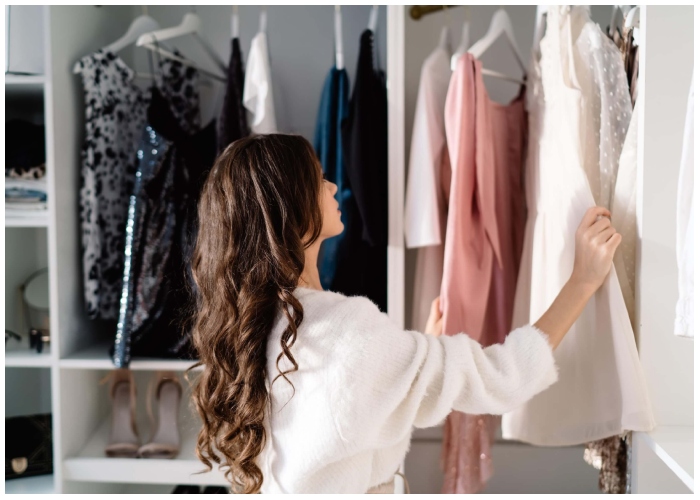Style is often talked about in terms of trends—what’s hot, what’s dated, what’s coming back. But the most powerful fashion move you can make isn’t tied to any runway or influencer feed. It’s choosing to dress for yourself. Not for the algorithm. Not for approval. Just for the joy of it. And when you do, your confidence and personal style start to bloom.
The Pressure to Dress for Others
It starts young. We learn what’s considered “in,” what’s “flattering,” what’s “age-appropriate.” Social media magnifies these messages, presenting endless reels of curated outfits that spark comparison. The result? Many people end up dressing for validation rather than for self-expression.
Whether it’s workplace expectations, body image anxiety, or fear of standing out, there are countless invisible rules that influence what we wear. But here’s the secret: you’re allowed to rewrite those rules. You can decide that an outfit is “right” simply because it feels good on you.
The moment you stop dressing to fit someone else’s aesthetic and start dressing to reflect your own, style becomes liberating—not limiting.
What It Really Means to Dress for Yourself
Dressing for yourself doesn’t mean ignoring trends or staying in sweatpants 24/7—unless that’s your thing. It means tapping into your personality, mood, and needs each day and choosing clothes that honor them.

It might mean wearing bold colors, as they can energize you. Or prioritizing comfort because it helps you feel grounded. Maybe you mix vintage with modern, masculine with feminine, polished with quirky. Dressing for yourself means getting curious about what you love—not what you think you should love.
It’s fashion without apology. And when you stop waiting for permission, you start developing personal style—the kind that lasts longer than any seasonal trend.
The Confidence That Comes With Alignment
There’s something magnetic about people who look like themselves—who walk into a room fully owning what they’re wearing, even if it’s unconventional. That kind of confidence doesn’t come from external approval. It comes from alignment.
When what you wear reflects who you are, it strengthens your identity. You walk taller. You feel less self-conscious. And ironically, people tend to respond even more positively—not because you fit in, but because you’re radiating authenticity.
Over time, dressing for yourself builds trust with yourself. You start making bolder choices, taking more risks, and caring less about what others think. It becomes a form of self-respect—a way of showing up for yourself, one outfit at a time.
How to Start Dressing for You
If you’ve been stuck in the “what will people think?” loop, it can be tough to switch gears. Start small:
- Notice how you feel in different outfits: Which ones make you stand taller? Which ones do you avoid? Use that feedback.
- Create a “yes” wardrobe: Focus on pieces that you genuinely love—even if they’re not trendy or don’t fit a “theme.”
- Limit comparison: Unfollow accounts that make you doubt your style and seek inspiration that sparks curiosity, not insecurity.
- Experiment on low-pressure days: Try a bold look when you’re just running errands. Get used to wearing your favorite pieces without occasion.
- Ignore the fashion rules: Wear white in winter. Mix prints. Break “age-appropriate” myths. Fashion is a playground, not a prison.
The goal isn’t perfection. It’s a pleasure.
True style isn’t about standing out or blending in—it’s about feeling like yourself. When you dress for yourself, you start each day with a small but powerful act of self-affirmation. And that kind of confidence? It’s always in fashion.